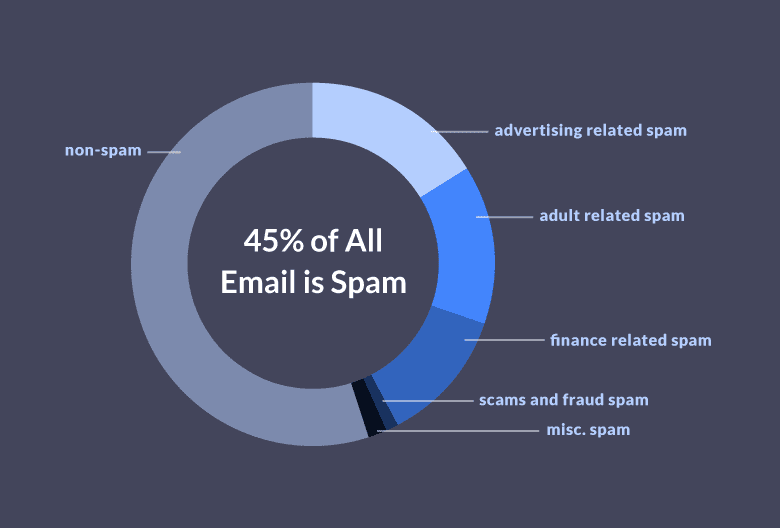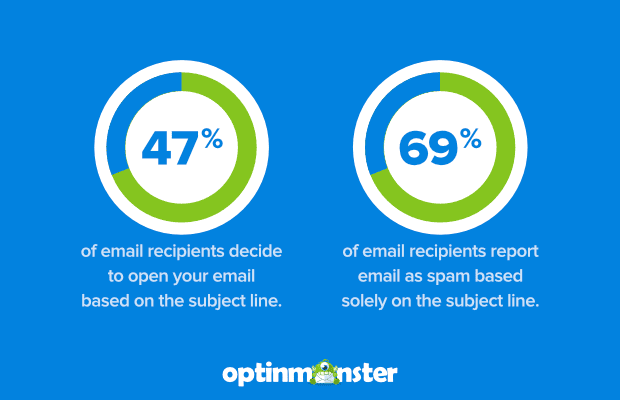Email is a critical part of how all organizations communicate, but the system is flawed by two limitations: spam and poor deliverability.
To utilize email addresses for campaigns that others can trust, you must first take steps to create a sender reputation through built-in anti-spam measures such as Sender Policy Framework (SPF) and Domain Key Identified Mail (DKIM). You then need to implement measures such as basic authentication that will prevent spoofing attempts from communicating with your site’s email server.
With this addressed the other aspect affecting sender reputation and the one that is worth considering are spam filters. This entails the sender’s ability to send not just any bulk email but also high-volume campaigns without being penalized by spam filters.
This is where AI in email marketing can come to your rescue and maximize your email campaign deliverability, while also improving content and email performance rates. Let’s see how.
Enabling Emails to Navigate Unscathed Through Spam Filters
It can be a pain trying to figure out how to break into that tough inbox these days as spam filters are a common sight everywhere these days. Most of your clients have deployed inbuilt tools and algorithms are designed to keep out spam and other unwanted messages from clogging up their email inboxes. But sometimes they get overzealous and start blocking important messages from getting through, too.

Source: SpamLaws
It is worthwhile to note that 45% of emails on the internet fall into the Spam category. This calls for you to employ the right tactics to be on the other side of the fence.
AI-based tools like Microsoft Dynamics have a well-designed and proven mechanism to give a spam score by analyzing the contents of an email marketing message. This is a key metric on how likely an email message will be caught by spam filters.
Spam scores that are on the lower side ensure that your content is directed into your recipient’s inbox without a glitch.
Segmenting Email Lists on Various Triggers
It can be a laborious and painful exercise to sift through email lists that are disorganized and mismanaged. You must be wondering if there was an easier way that you could have your email lists segmented so that you can reach out to your audience with apt relevance.
Anything quoted out of context or not making relevance can land your future email communications to land in the spam folder as a result of recipient’s marking it as spam.
By leveraging AI-enabled tools for email marketing you can automatically segment your audience on various triggers such as – when your lead fills out a contact form, downloads a whitepaper or case study, or other gated assets, shows interest in your webinar, podcast, or completes an onboarding procedure.
These triggers can later be used to schedule tailored, well-thought-out, and well-orchestrated content that lands straight into your prospects’ inbox. By being contextually relevant in each case with your email engagements that are specific to the customer journeys you are sure that your prospect does not flag your email as spam and makes sure that your emails always land in your prospects inbox.
Creating Subject Lines that Strike the Right Chords
Subject lines in your email are something of great importance as it is the deciding factor if your email is read or flagged as spam resulting in all your future emails not making their way into the inbox of your prospects.

Source: OptinMonster
This is a situation you would strictly want to avoid. It can be painful to craft subject lines that make the right impact but AI again can be your best buddy to help you out when you are struggling with a writer’s block.
AI-based email tools like IBM Watson’s Tone Analyzer help you effectively analyze the tone and tonality of your subject lines. The tone of your subject lines often enthuses the reader to read the content copy.
We have AI tools that tell you how compelling your subject lines for emails are by testing its effectiveness with the overall content delivery style and the net word count of the copy. It can also suggest improvements including the entire subject line and content copy.
Craft Headlines that Make the Right Impression
Most often your email recipient is only skimming through the content. What is going to make the reader stick on and read the entire copy or newsletter is whether the content is interspersed and peppered with catchy headlines? We have a host of AI email headline analyzer tools that essentially goes through the context of the entire content and comes up with a relevant score for your headlines.
Along with giving scores, it can be suggesting headline alternatives by analyzing the overall copy effectiveness, wordplay, word count, presence of keywords, and well-rounded sentiment analysis.
This again ensures that content enthuses the reader and ensures that your reader does not flag the content as spam and all your emails are directed right into the inbox each time.
In Conclusion – Few Additional ways AI can be Useful
With the changing times, AI is evolving in unprecedented ways and can be a useful tool in many different scenarios when it comes to addressing email deliverability. Some of the other common use cases include:
- Determining the frequency of email delivery specific to each recipient so that the user does not feel spammed
- Helping you revise the content depending on the ISP server you are going to hit – as Yahoo and Google are going to have different criteria to determine if an email is relevant for a user.
- Helping you to schedule emails by optimizing the send time i.e. the most likely time the user is likely to open the email.
- Prioritizing customers that engage with your brand with historical data and real-time data.
With all these credibility’s AI can be a powerful arsenal in your marketing itinerary to reach prospects’ email inboxes at the right time with the right context.


